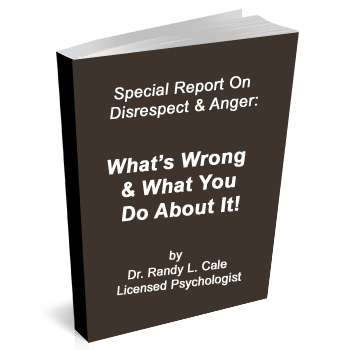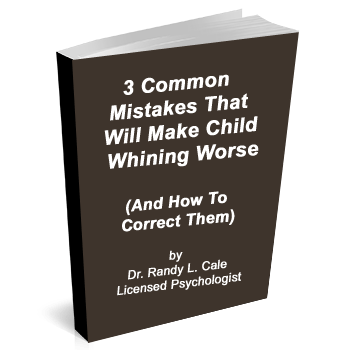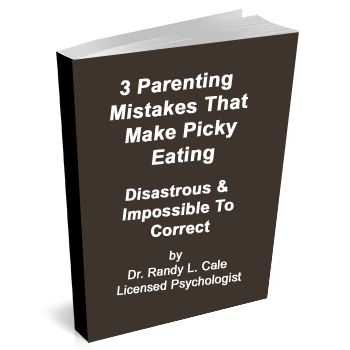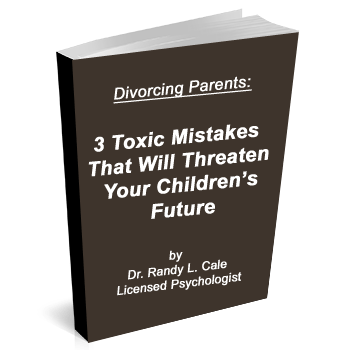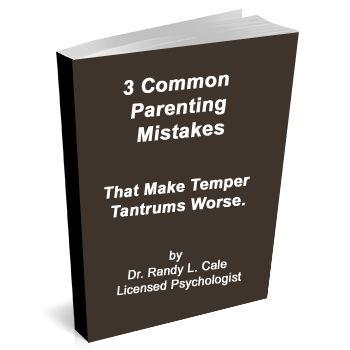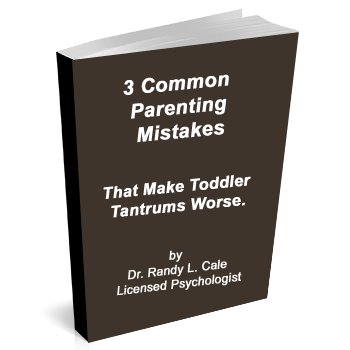Regardless of your life experiences, most of us have probably felt stuck in a rut at some point in our lives. It’s a sense of stagnation that seems impossible to break free from, no matter how hard you try.
Now, imagine the sense of stagnation pulsing in almost every moment of life. Such is often the case for those with severe trauma; There is a pervasive sense of being stuck in an emotional loop without an understanding of how to get out of it. Often, years of therapy will bring limited relief, and those walking this path often (falsely) conclude, ‘somethings wrong with me.’
Nothing is wrong with you.
And you are not alone. This is a common experience for many individuals who have faced trauma in their lives. Some have memorable traumas as children or adults, and others have childhood traumas that occurred during very early development, and no memories exist. Yet, their life experience and emotions tell the tale of the absence of safety and security.
But why does this happen? And why can’t we get over trauma more easily? And most importantly, how can we overcome it?
Trauma: What Causes Us to React the Way We Do?
The root of this issue lies within the complex workings of our brains and nervous system – specifically, in the intricate networks of our brains’ neural pathways. Our brains respond to trauma by changing their typical structure. This leads to the formation of certain limiting patterns of neurological functioning. These patterns essentially ‘trap’ us in the coping states that we stumbled upon during trauma, creating the feeling of being stuck. In essence, trauma influences our ability to evolve or grow by reshaping our neural circuits in a way that causes us to become stuck in our past emotions, inhibiting our ability to move forward.
But how does this work in the body? Polyvagal theory offers a well-researched and now widely accepted explanation of how trauma disrupts the body’s delicate balance between safety and stress. It revolves around the concept of our vagal nerve and its communication with the more primal regions of our brain. The vagal nerve is the central player in our autonomic nervous system, which is divided into two main branches: the sympathetic and the parasympathetic nervous system. Your sympathetic nervous system is like your body’s ‘accelerator’ and is commonly thought of as activating our ‘fight or flight’ response. It’s the part of our system that responds to stress and increases heart rate, blood flow, and cortisol levels. A bit of this is necessary, but in our culture, many of us walk around with excess sympathetic system activation.
On the other hand, the parasympathetic nervous system serves like the ‘brake,’ slowing down your bodily functions and promoting rest, digestion, and healing. This is commonly called the ‘rest and relax’ response and is essential for healing, ease, and connection with others.
In moments of trauma, our smart brains get hijacked by the more primal circuits of the brain. We were designed this way. If there is no intelligent solution for safety, we either fight or run like crazy. In these moments, we may dissociate from ordinary awareness and bring our most extreme energy to running or fighting. This is reflexive and automatic, often faster than we can process.
However, some brains (and this is not well understood) will naturally move to a more primal response, which we might think of as reptilian. In essence, we freeze. We dissociate from the threat, as we feel absolutely helpless, and our sense of safety and security is gone. Our bodies do not move, fight, or run. Imagine a deer in the headlights, frozen and unable to move despite the imminent danger. This immobilization is a primal response in the face of threat. It’s a survival strategy wired into our nervous system, for when fight or flight is not an option, to
play dead and hope the danger passes. This reaction is not only relatable to animals in the wild, but it’s also deeply embedded within human physiology. This extreme state also is NOT chosen but is reflexive and automatic. And, as you might expect, the ramifications of this process are more severe for the victim.
Either response to traumatic moments leaves changes within the neurology of the victim. After the trauma is over, the brain gets stuck. The utter sense of a loss of being safe in the world produces profound changes.
Important Conclusions to Note:
Thus far, two critical findings are essential to note. First, these responses are not consciously within our control at the moment. The more profound levels of our brain seem to take over any rational thought to most predictably ensure basic survival.
Secondly, when there is the ‘freeze’ response, this is not a sign of cowardice or absence of good character or some other harsh judgments that get put upon those who simply ‘accept’ the abuse or trauma without fighting. It’s basically hard-wired into our neurology.
Thus, for those with trauma, it’s important to accept this biological process and the fact that the responses are not a reflection of who you are. Just as the event or the traumatic moments were not your fault, neither is how your body responded. So be gentle with yourself on this.
Also, for those living with or relating to someone with trauma, be gentle with your judgments of what should or should not have happened. Again, biology.
In next week’s article, we will discuss how to break up this ‘stuck state’ in order to return to more ease and comfort in life. It is possible, but often we have to go beyond therapy and into methods of the brain and body that can break up the neurological patterns that exist. To learn more about this, check out CapitalDistrictNeurofeedback.com.








